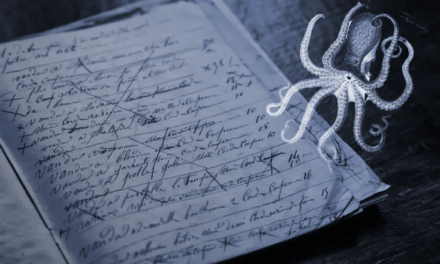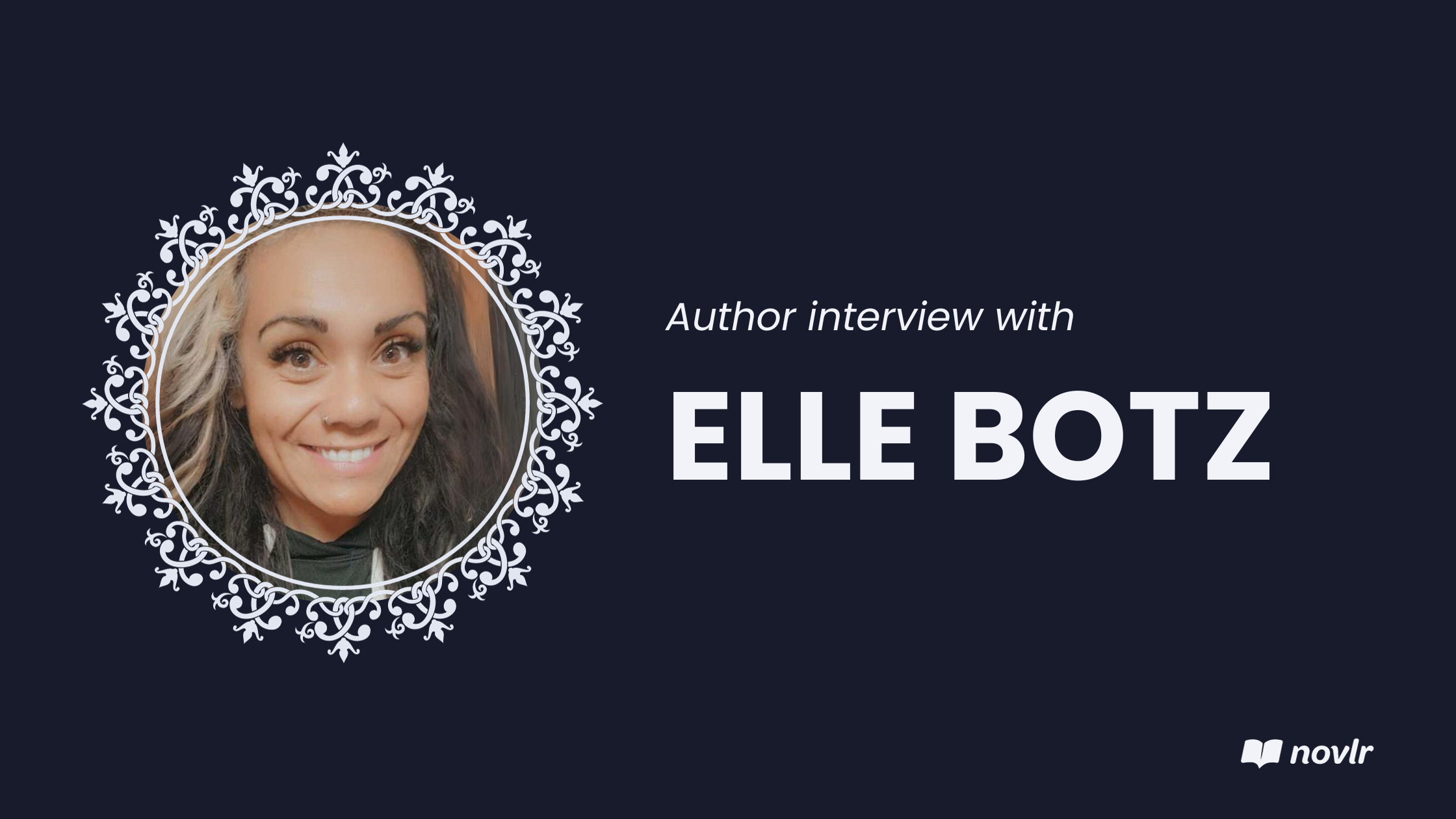
A Beginner’s Guide to Writing Subtext

Subtext is a powerful tool in creative writing. It spans every genre, and we even use it in everyday life (passive aggression and flirting are great examples of everyday subtext). It allows for the creation of rich, multi-layered narratives and conveys emotions hidden beneath the surface of the story. However, it can also be difficult to master and easy to misunderstand.
What is subtext?
Subtext is the implied meaning or underlying message of a story that is never stated directly. It is the unexpressed thought, feeling, or emotional throughline that lies beneath the text.
Ernest Hemingway coined his own term for it: The Iceberg Theory (or Theory of Omission).
He believed there is no better way to add depth and complexity to your narrative than through what you leave out. As a journalist, he learned that the truth of a story is often found below the surface of what is written. And the truth of what people say can often only be found if you read between the lines.
If a writer of prose knows enough of what he is writing about he may omit things that he knows and the reader, if the writer is writing truly enough, will have a feeling of those things as strongly as though the writer had stated them. The dignity of movement of an ice-berg is due to only one-eighth of it being above water. A writer who omits things because he does not know them only makes hollow places in his writing.
Ernest Hemingway, Death in the Afternoon
Hemingway took this to extremes with his minimalist prose. However, his extreme application shows just how important subtext is to a truly great story. Just like the bulk of an iceberg rests beneath the waves, so should the essence of your characters and the intricacies of the plot be just below the surface.

The power of subtext
Subtext can be used to deepen character development, hint at a character’s inner conflict, or give insight into the world of your story. It can also be used as a tool to add tension and suspense.
It adds depth, complexity, and richness to the characters, plot, and overarching themes of your narrative. It does this by serving several purposes:
- Character development: By revealing the hidden thoughts, emotions, and motivations of characters through subtext, you can create complex, multi-dimensional characters that feel real to the readers without them having to info-dump through dialogue.
- Tension and conflict: By implying conflict and struggles just beneath the surface, you can build complex worlds and deep characters, letting your readers’ imaginations do a lot of the heavy lifting.
- Depth: The themes and messages in your story are the fundamental building blocks of compelling narratives. Subtext adds depth by creating a thematic undercurrent, creating multiple layers of meaning to keep readers engaged.
- Emotion: By implying a deeper emotional reading and character experiences through subtext, you can bring your readers closer to the characters, making them feel more invested in the outcome.
- Revelations: If you don’t want to info-dump a reveal, subtext is perfect for divulging information about your world, the plot, or your characters without stating it explicitly. It’s also a fantastic way to foreshadow future events or plot twists.
Understanding subtext
A good way to begin to understand subtext and its use is to analyse your favourite stories. The next time you read a book, listen to a podcast, or watch a film or television series pay attention to what isn’t shown or expressed as much as what is. What are the writers intentionally keeping hidden, and how is that information ultimately revealed? Seeing how subtext is done well is the first step in learning how best to use it in your own work.
If you don’t know your story and your characters inside out, then you won’t be able to incorporate subtext. You need to have a firm grasp of what’s going on under the surface so you know what you can leave out without completely obscuring the meaning. If you know your characters well, then you’ll be able to add subtleties to the way they interact with one another and insert hidden inferences and meaning in their dialogue. You’ll be able to hint at hidden feelings and motivations, even if they’re never explicitly stated.
This can also be applied to your narrative’s themes, and on a scene-by-scene level. Your setting can give as much subtext as a character can (an example of this might be a family home in which no portraits hang on the wall, hinting at a strained family dynamic without ever explicitly stating it).

How to write subtext
When it comes to actually writing subtext, then the most important advice I can impart is to have an idea of a scene’s subtext either before you begin writing it, or when you first start to revise it. Keep notes, and don’t be afraid to refer back to keep them fresh in your mind.
The level of planning you put into a novel will change at which stage you might begin really thinking about subtext. Detailed planners will usually have a good grasp of a scene’s subtext in advance, so they can write a first draft with it already in mind. But I’m not a planner (beyond a vague, these-are-my-major-plot-beats list), so I tend to ignore subtext for my first draft, and then begin to flesh it out in my first revision. Essentially, I treat my first draft like an incredibly detailed, novel-length plan, so by the time I’m ready to revise, I know how the story plays out and can make notes of the subtext I want to convey.
Understanding your characters’ motivations, emotions, and conflicts is essential for creating effective subtext. You’ll be able to pay attention to their actions and gestures, which can often reveal a lot about a character’s internal world.
Knowing your story’s central message and overall themes also helps when writing subtext. It ties into the age-old advice of show, don’t tell. This lets your subtext evolve naturally.
But most importantly, don’t be afraid to experiment and revise! Use different techniques, rewrite scenes, play in the sandbox of your story. You’ll never get the subtext perfect in your first draft, so always be willing to try new approaches.
Subtext is subtle, but its effects can be powerful. If you use it correctly, then readers will be able to infer and connect characters and events at a deeper level. And by adding these elements, you can make your writing more evocative and layered. By incorporating subtext into your writing, you’ll create rich and engaging stories that captivate and resonate with your readers.































